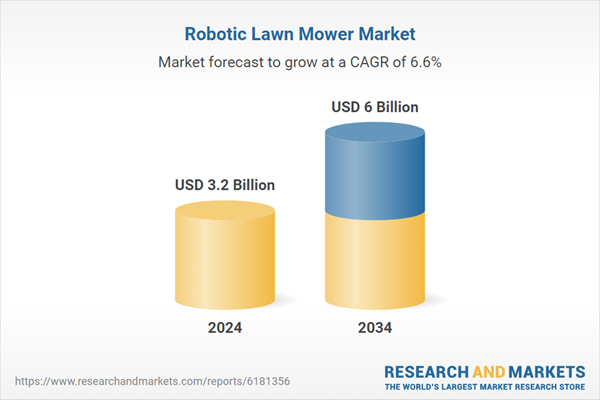As automation and eco-consciousness gain traction, consumers are increasingly gravitating toward robotic lawn mowers as a smart, hands-free alternative to traditional lawn maintenance. These mowers offer a blend of convenience, energy efficiency, and low environmental impact, making them a key part of the evolving outdoor power equipment landscape. Advancements in artificial intelligence, improved battery life, and seamless integration with smart home ecosystems continue to propel adoption. Manufacturers are heavily focused on enhancing device safety, operational time, and usability while investing in sustainable design practices. Additionally, digital platforms are helping brands deliver added value to customers through product education, remote diagnostics, and service assistance. By leveraging online engagement and brand storytelling, many companies are carving out strong identities and gaining competitive ground in an increasingly saturated market.
The low cutting height segment held a 41.4% share and is expected to grow at a 6.8% CAGR through 2034. This dominance is linked to consumer preferences for precisely cut lawns that align with modern landscaping aesthetics. Most robotic mowers are optimized for shorter grass, giving this segment an edge in versatility and performance. Users favor low-height trimming for a cleaner appearance in both residential gardens and small commercial properties, making this configuration the most practical and widely adopted option.
The residential segment held a 64.6% share in 2024 and is projected to grow at a CAGR of 6.8% from 2025 to 2034. Rising homeowner interest in low-maintenance and automated lawn care solutions continues to drive growth. Increased comfort with smart home devices, paired with higher disposable incomes, is encouraging more households to invest in robotic mowers. These consumers prioritize convenience, aesthetic results, and reduced time spent on upkeep, fueling residential market demand far beyond that of commercial applications, which typically involve more variables and complexity.
U.S. Robotic Lawn Mower Market held 87.4% share in 2024, with projected revenues reaching USD 2.1 billion by 2034. The dominance stems from widespread awareness of robotic solutions and a strong inclination toward smart technologies in household maintenance. Broad retail availability and infrastructure support nationwide product distribution. The combination of tech-savvy consumers, early adoption of battery-powered tools, and significant numbers of homeowners with medium to large lawns contributes to the market’s momentum. In addition, U.S.-based innovation continues to push the boundaries in terms of performance, sustainability, and smart integration.
Key players in the Global Robotic Lawn Mower Market include Traqnology, Mammotion, Echo Robotics, Robomow, Ambrogio, Kress Robotics, Robert Bosch, Ecoflow, Worx Landroid, Honda Motor Company, Gardena, Husqvarna Group, Yarbo, John Deere, Dreame, and Nextmow. To strengthen their foothold, companies in the robotic lawn mower market are focusing on AI-driven navigation, quieter operation, and energy-efficient design. Several brands are expanding their product lines to cater to varied lawn sizes and terrains, targeting both budget-conscious and premium buyers. Advanced safety sensors, mobile app connectivity, and modular parts for easier maintenance are now common features. Firms are also pushing for regional expansion by forming dealer networks and offering after-sales services. Competitive pricing, along with brand-specific design elements and eco-friendly manufacturing processes, remains central to market positioning efforts.
Comprehensive Market Analysis and Forecast
- Industry trends, key growth drivers, challenges, future opportunities, and regulatory landscape
- Competitive landscape with Porter’s Five Forces and PESTEL analysis
- Market size, segmentation, and regional forecasts
- In-depth company profiles, business strategies, financial insights, and SWOT analysis
This product will be delivered within 2-4 business days.
Table of Contents
Companies Mentioned
The companies profiled in this Robotic Lawn Mower market report include:- Ambrogio
- Dreame
- Echo Robotics
- Ecoflow
- Gardena
- Honda Motor Company
- Husqvarna Group
- John Deere
- Kress Robotics
- Mammotion
- Robert Bosch
- Robomow
- Traqnology
- Worx Landroid
- Yarbo
Table Information
| Report Attribute | Details |
|---|---|
| No. of Pages | 210 |
| Published | October 2025 |
| Forecast Period | 2024 - 2034 |
| Estimated Market Value ( USD | $ 3.2 Billion |
| Forecasted Market Value ( USD | $ 6 Billion |
| Compound Annual Growth Rate | 6.6% |
| Regions Covered | Global |
| No. of Companies Mentioned | 16 |









